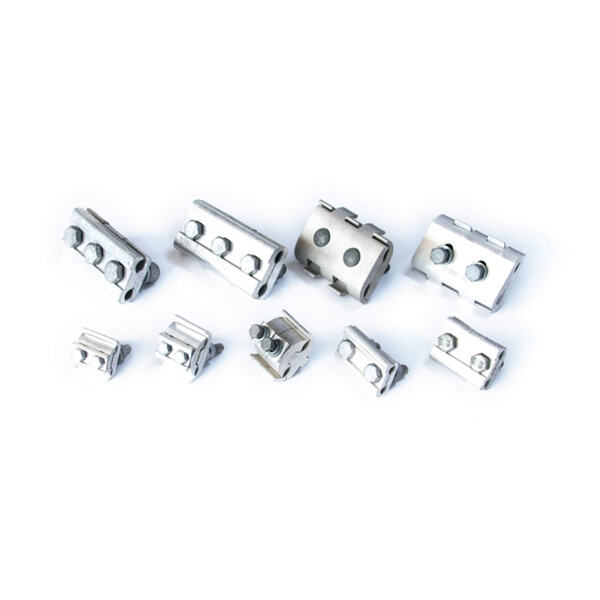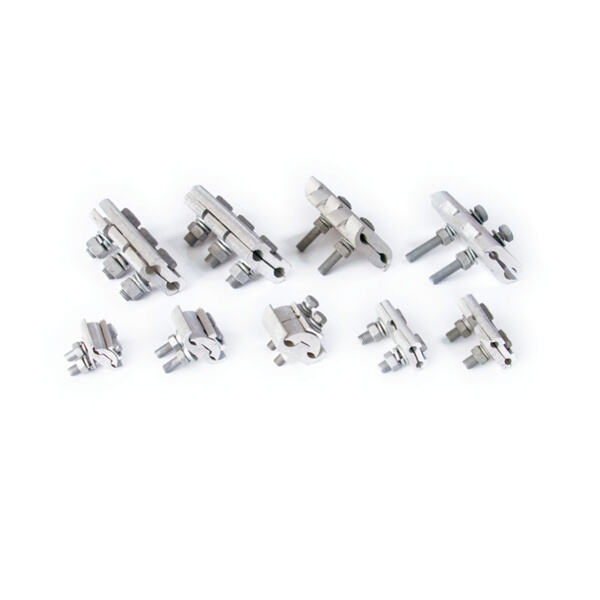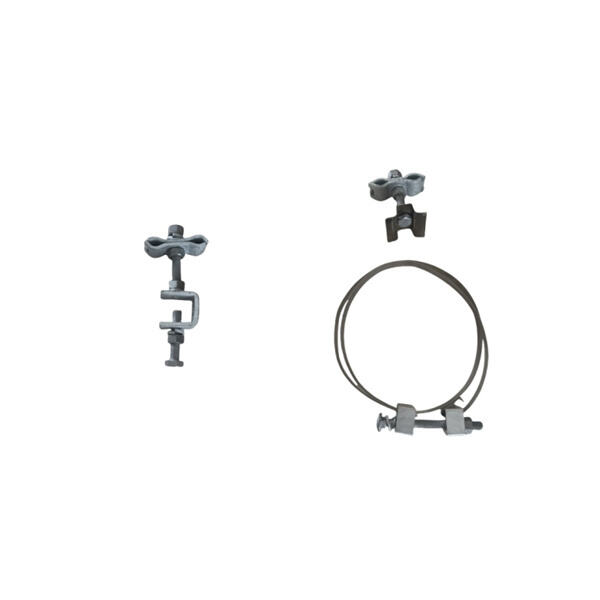Steel end fittings are the superheroes of cable, ensuring that everything is safe and sound. Steel cable end fittings might be tiny, but they play a huge part in holding things secure, so today, we’re going to discuss just how necessary steel cable end fittings are, all of the available different types used for all many different things, the steps you should take to install these, the role they help play, and even a little bit of how to take care of them
HONGZHI steel cable fittings are used to prevent cables from fraying or loosening. It hold the cable to prevent it from unwound and to provide a secure connection. These fittings prevent the cable from snapping, which could lead to an accident or damage.
Steel Cable End Fittings
HONGZHI steel cable and fittings come in several forms. Some of the most popular styles are loops, hooks, studs and swage fittings. Loops are good for wrapping around items by a fixed connection, and hooks are ideal for hanging heavy items. Studs can secure cables, and swage fittings create permanent connections.

Correct application and use of HONGZHI cable end fittings are critical for its effectiveness. Start by choosing the correct style of fitting for the job. Then double check that your cable is the right length and install it into the fitting. Secure the fitting with the crimping tool, ensuring it’s as tight as possible. Above all, just make sure you test the connection to see if the weight or pressure can be sustain.

There are number of benefits to using HONGZHI wire cable end fittings, which include enhanced safety, stability, and longevity. With these covers, you will not worry about tripping over your loose cables, just enjoy your easy and relaxing life. They are also easy to install, can support relatively heavy loads without breaking or slipping loose, and can be moved or repositioned easily.

To maximise the life of your steel cable end fittings it's crucial that you take good care of them. Check the fittings for wear or damage (corroded, rusty). Wash them in cold water using a mild detergent or soapy water to get rid of dirt or debris. Also do not overload the fittings beyond their weight capacity so as not to bend or break them